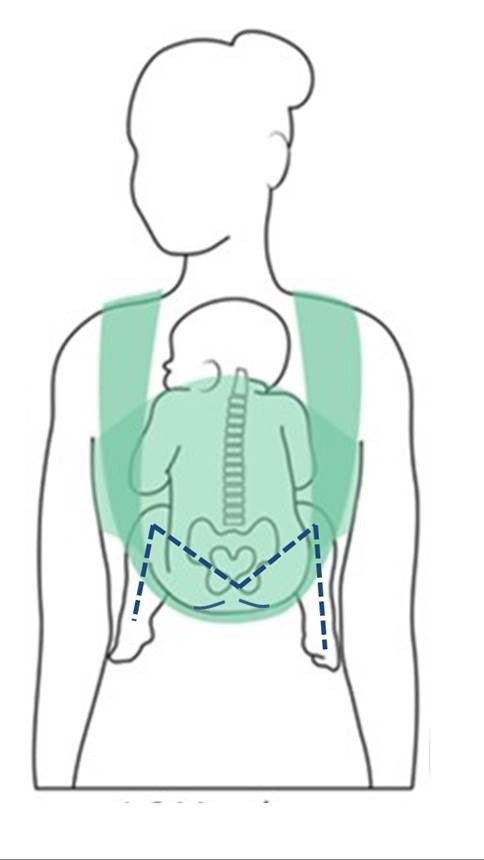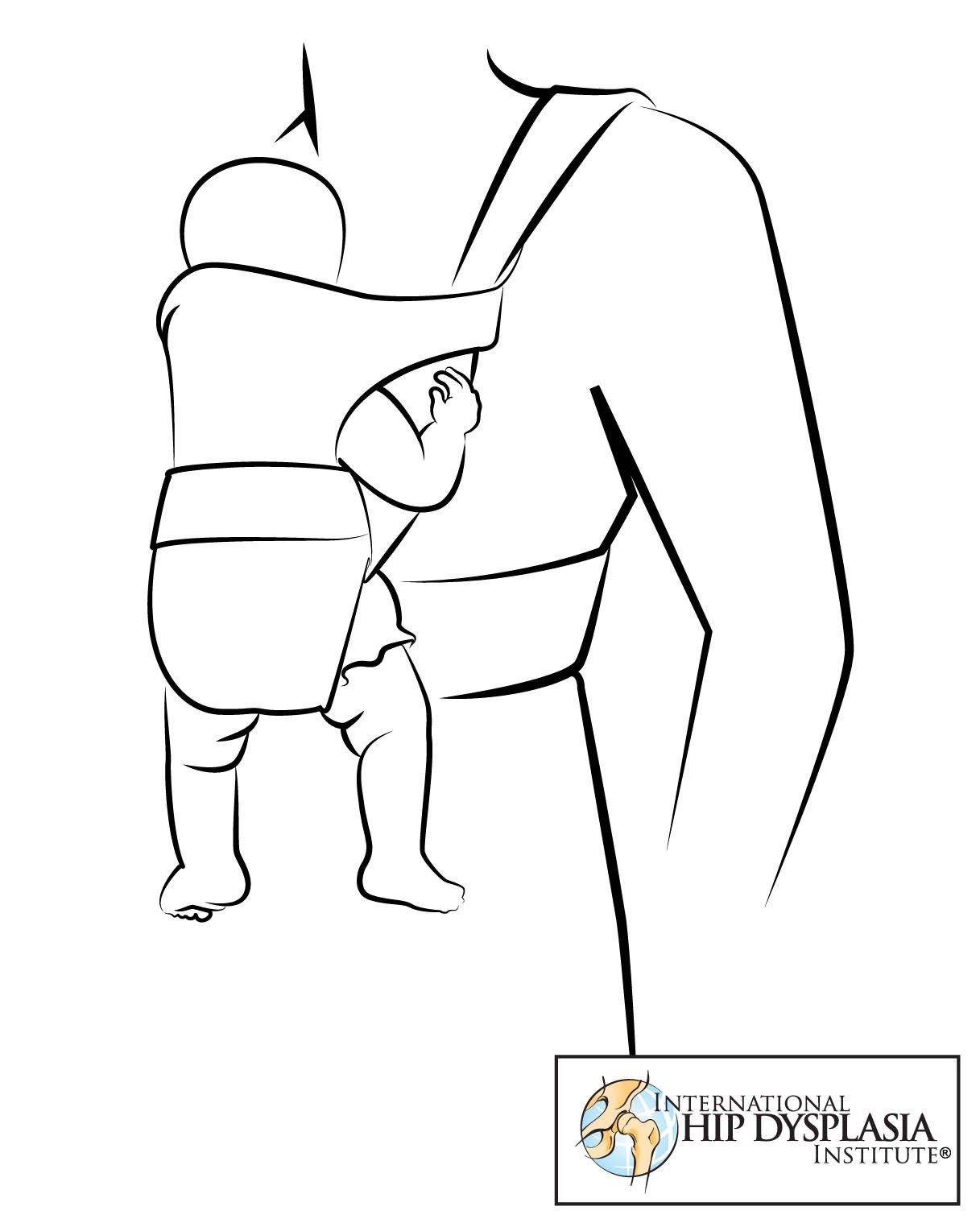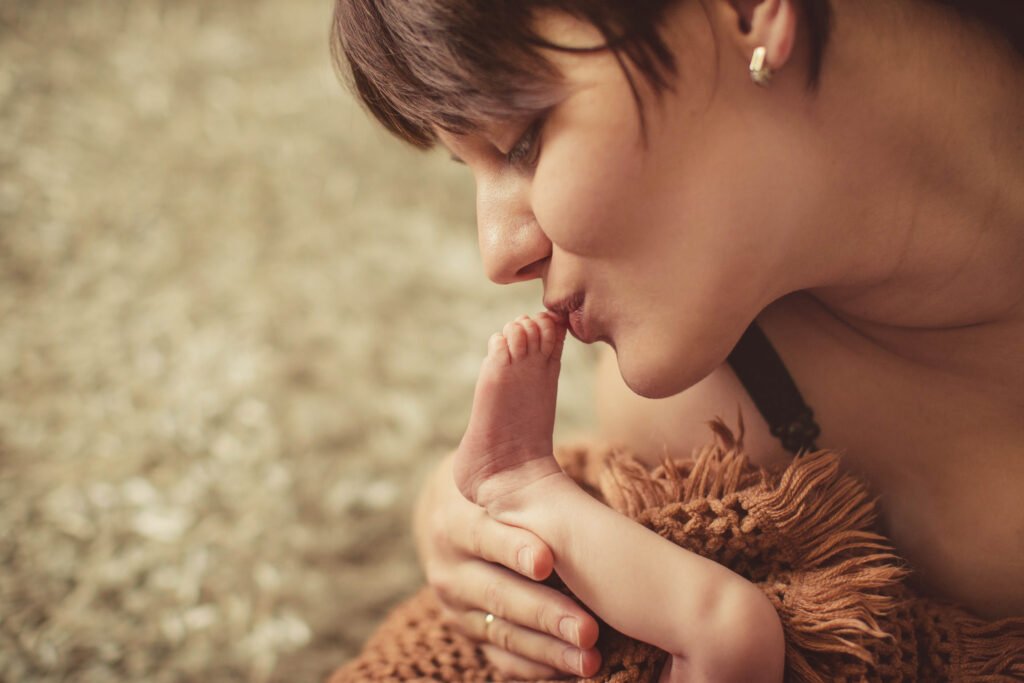Parents worry. It’s what we do. When it comes to our baby’s legs looking “curved,” panic often strikes. Could the baby carrier be the villain behind bow legs? Let’s break this myth wide open and set the record straight—for real this time.
No, baby carriers don’t cause bow legs. That’s a myth. In fact, the right baby carrier—used correctly—can actually support healthy hip and leg development. The appearance of bowed legs in infants is usually natural and temporary. It’s part of normal growth and not caused by external tools like carriers.
Still curious? Let’s unpack the science, bust some myths, and give you a checklist to spot a truly ergonomic baby carrier that won’t compromise comfort or development.
What Are Bow Legs, Really?
First, let’s define our villain.
Bow legs (genu varum) is a condition where a child’s legs appear curved outward at the knees, making them look like a little cowboy in training. Sounds scary, but in most cases, it’s just a phase. According to the American Academy of Pediatrics, babies are actually born with bow legs due to their curled position in the womb. This gradually corrects itself by age 2–3.
So no—your baby didn’t get bow legs from your baby carrier. They were born that way 😉
Can Baby Carriers Make It Worse?
Nope. Not if you’re using a proper, ergonomic carrier.
When a baby carrier positions your baby’s legs in an “M” shape (knees higher than bum, thighs supported), it’s doing exactly what it should: supporting the baby’s hips and spine in a natural, safe way.

This position is endorsed by the International Hip Dysplasia Institute (IHDI) as the healthiest one for babies’ lower body development. Check out their babywearing guide here: IHDI Babywearing Recommendations
Improper carriers, however—those that dangle the baby’s legs straight down—can place unnecessary pressure on the hip joint, especially in infants under 6 months.

What Are the Real Causes of Bow Legs?
Let’s stop blaming the carrier and look at the actual medical facts. Bow legs can be caused by:
- Normal physiological development (most common)
- Vitamin D deficiency / rickets
MedlinePlus – Rickets Overview - Blount’s Disease (a growth disorder affecting the shin bone)
- Bone malformations/genetic disorders
None of these causes are linked to baby carriers.
If bowing persists beyond age 3, or seems to worsen, it’s worth consulting a pediatric orthopedist.
So Why Do So Many Parents Still Worry?
Because babies look bow-legged when you take off the diaper or see them in a standing position. But most of the time, that’s:
- Soft bone flexibility in infants
- Muscle tone adjusting to gravity
- Inward foot rotation (internal tibial torsion)
These are common—and temporary. Unfortunately, misinformation on forums or outdated parenting advice has made people wrongly suspicious of carriers.
What Should I Look for in a Baby Carrier to Be Safe?
Here’s your practical checklist, especially if you’re a brand buyer, distributor, or Amazon seller sourcing from China 😎:
✅ Supports M-shaped leg position
✅ Designed to prevent hip dysplasia
✅ Certified by EN 13209, ASTM F2236, or IHDI approved
✅ Suitable from newborn stage (with head & neck support)
✅ Adjustable for baby’s weight and age range
We at Baby Nice make sure our ergonomic carriers check all these boxes—plus they’re customizable for your brand. You can learn more about ergonomic carrier design here: What Is an Ergonomic Baby Carrier?
Will Prolonged Babywearing Affect Leg Shape?
Not if you’re using it properly.
In fact, regular babywearing in a healthy position may actually help with:
- Hip socket development
- Even muscle development
- Reduced risk of flat spots (plagiocephaly)
According to a study from PubMed Central, babywearing—when done right—improves postural development and parental bonding. Win-win.
So What’s the Deal with Those “Dangling” Carriers?
We’re not naming names here… but yeah, they exist. Carriers that don’t support the thighs and let the legs hang can lead to hip stress in infants.
Here’s how you can explain it to your buyers or customers:
“If your baby’s knees aren’t at or above their bottom while seated in the carrier, it’s probably not ergonomic.”
Also important: avoid carriers with narrow seats, especially for babies under 6 months.
What If My Customers Still Believe the Myth?
Easy. Educate them.
Use content like this. Show diagrams. Offer certificates from IHDI, EN or ASTM standards. If you’re our client, Baby Nice can help you build these educational materials for your brand—under your own logo.
People don’t just want baby products anymore—they want baby expertise.
Common Questions from Our Buyers
Is it safe to use baby carriers for newborns?
Yes, with head and neck support. Always choose a model approved for newborns.
At what age do babies outgrow the risk of hip issues?
Hip joints are most vulnerable between 0–6 months. After that, development is more stable—but ergonomics still matter.
What certifications should a baby carrier have?
Look for:
Do bow legs always require medical treatment?
Not unless they persist after age 3 or worsen rapidly. Pediatric consultation is the best approach.
Can I use babywearing as a sales point for hip safety?
Yes! It’s a growing concern among millennial parents. Educate and convert.
Conclusion
Let’s settle it: baby carriers don’t cause bow legs. That myth can officially retire. With proper ergonomic design and informed use, carriers support your baby’s growth—not hinder it.
Need help sourcing safe, ergonomic, and certified baby carriers for your brand? We’re here for it.

